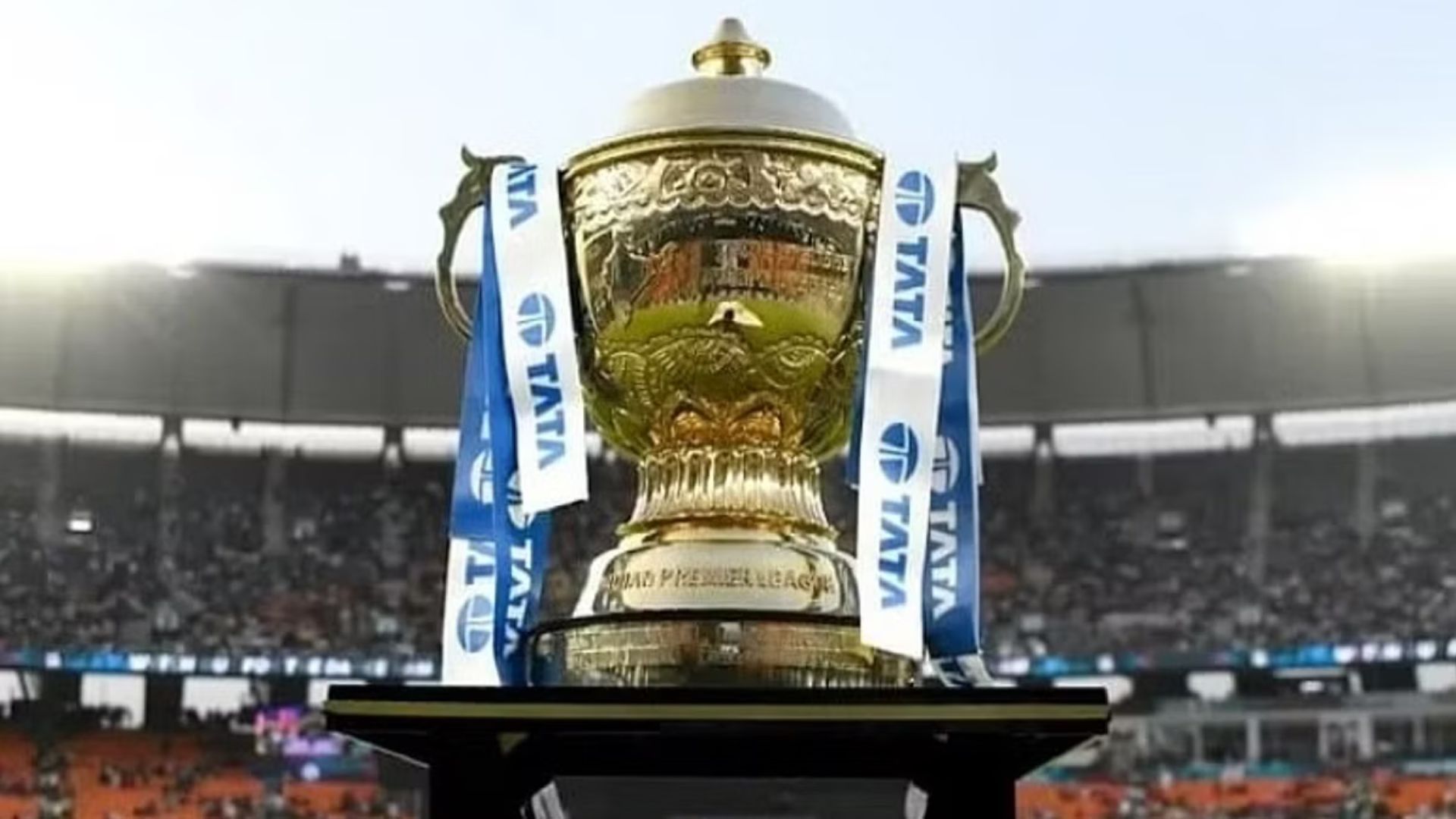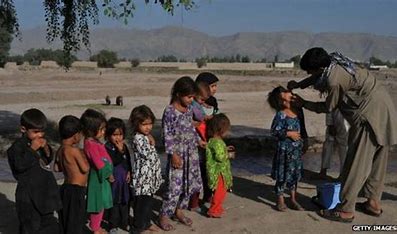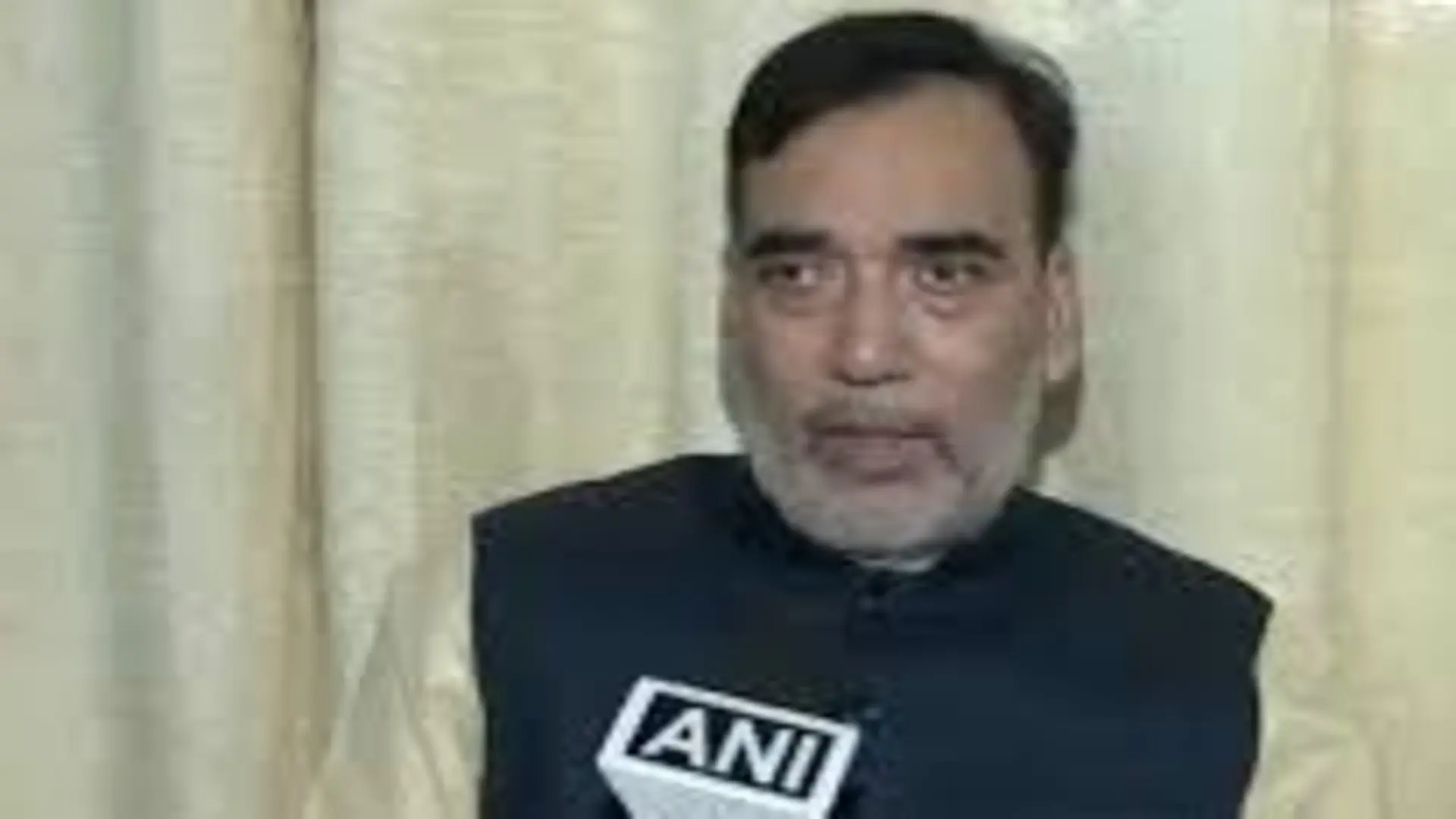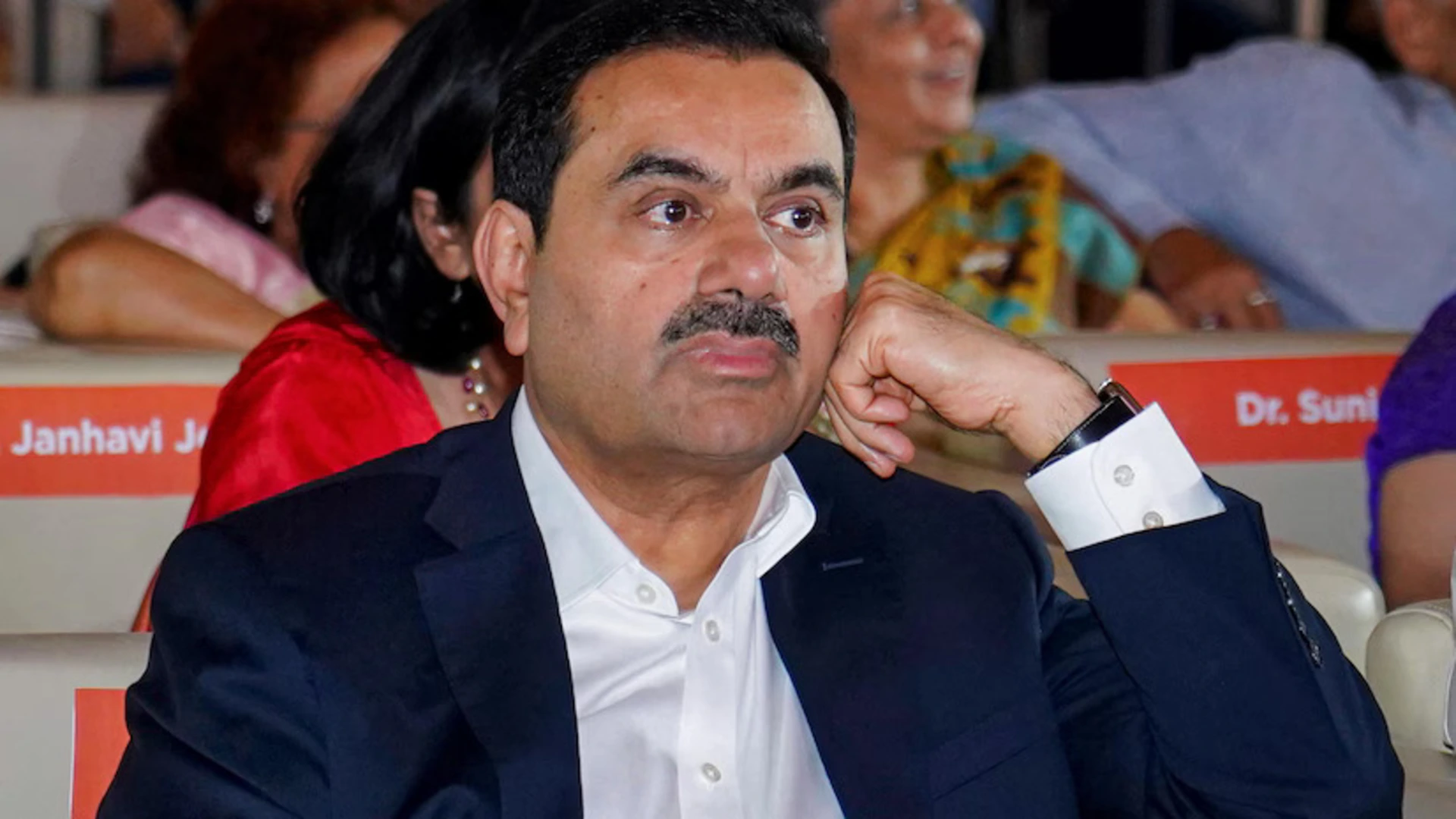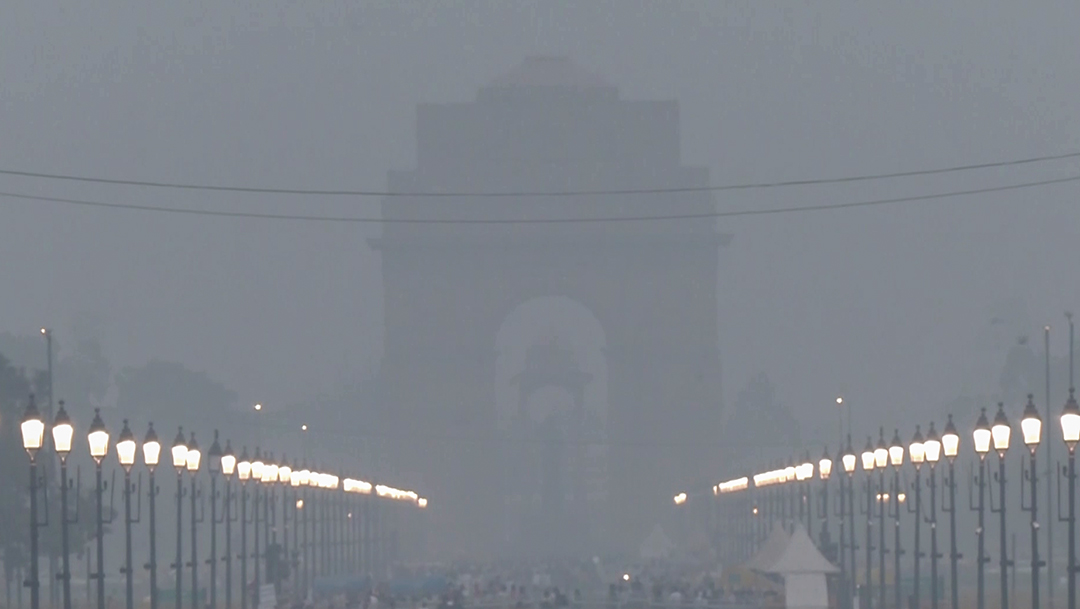
Delhi woke up in the morning to a disturbing sight as the entire city was shrouded in a thin layer of smog, making it difficult to breathe in many areas. The Air Quality Index (AQI) levels were four times higher than the normal levels, with places like Anand Vihar recording an alarming AQI of 850 or more.
In response to this environmental crisis, the Delhi government swiftly implemented several measures. They announced the closure of all schools up to the fifth class, restricted construction and painting activities in the city, and denied permits for heavy vehicles in the capital.
As the day progressed, political blame games over the pollution issue began. BJP spokesperson Gaurav Bhatia, during a press conference in Delhi, held Arvind Kejriwal responsible for the situation, stating that not only is pollution a threat to the common people but Kejriwal’s actions and motives are equally threatening, accusing him of engaging in cheap politics.
Shehzad Poonawalla too slammed the Delhi government for the air quality crisis in the national capital and said that the metropolitan city has become a “gas chamber” under the governance of Chief Minister Arvind Kejriwal.The BJP leader hit out at the Aam Aadmi Party (AAP) leader and said that the health of people in Delhi was at risk, all due to the failure of the Kejriwal government.
Poonawalla further said, “Usually when we come to a park, we come to ensure that our health becomes better but today when we have to come to a park in Delhi, one has to wear such kind of paraphernalia and such masks because Delhi has become a gas chamber under Arvind Kejriwal.”
“Mr Kejriwal has ensured that the Air Quality Index (AQI) levels in Delhi are at their highest in the last four to five years. Even the American ambassador is commenting on it. It is reaching 600-700 AQI at many places in Delhi. When Mr Kejriwal was not in power in Punjab, he used to blame the (Parali) stubble burning in Punjab, although that was never the main reason of pollution, there are many other reasons internally for the pollution in Delhi,” Poonawalla added.
In response, AAP minister Bhardwaj, speaking to the media in Delhi, defended the Delhi government’s actions. He pointed out that the severity of pollution conditions in Delhi is not as extreme as in neighbouring cities like Noida, Gurugram, or Faridabad. He argued that it is unfair to blame the people of Delhi, highlighting measures like the ban on diesel generators, the use of CNG and electric buses, and the prohibition of brick kilns in the city. He also questioned the responsibilities of the Central government and pointed to the issue of stubble burning in Punjab.
This blame game between AAP and BJP continued in Delhi, while the residents of the city suffered from the severe pollution conditions. While it is not the first time Delhi has faced such issues, questions arise regarding why the AAP government did not take proactive measures to prevent this situation, especially considering past initiatives like the odd-even scheme and construction restrictions. Similarly, the role of the BJP, with its seven MPs representing the state, in addressing the issue is also brought into question.
